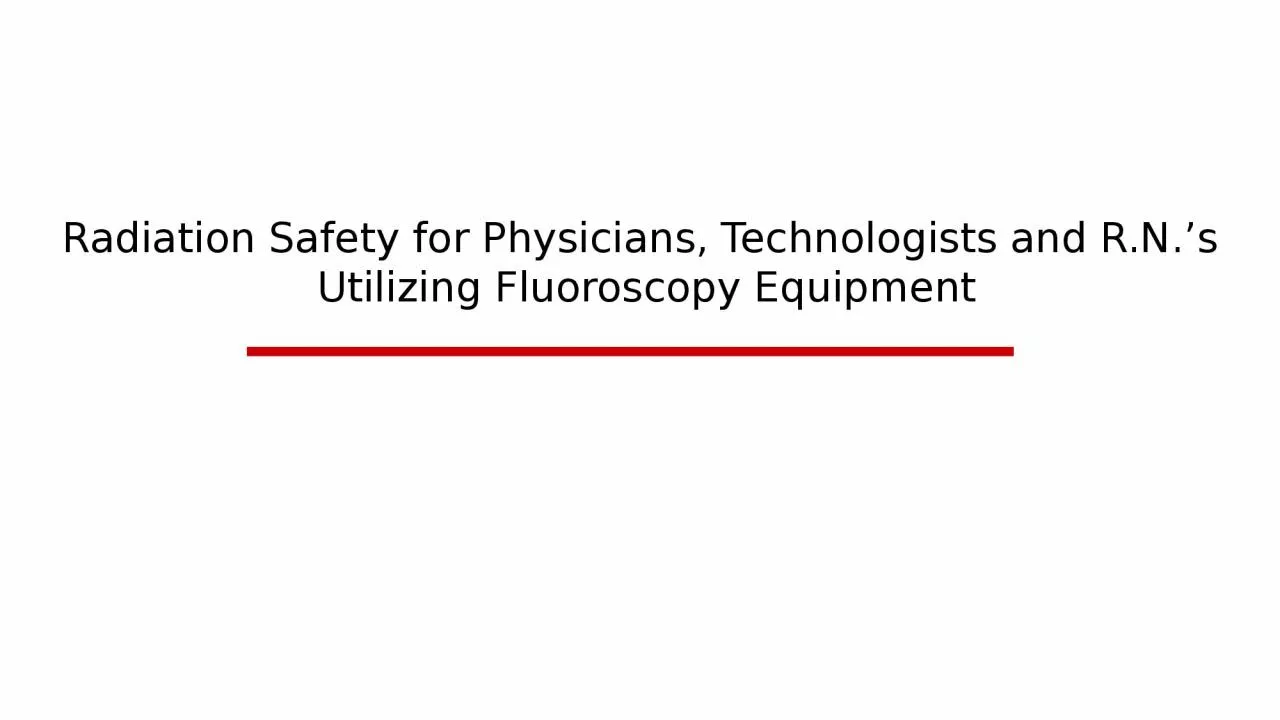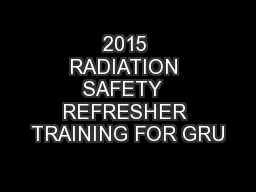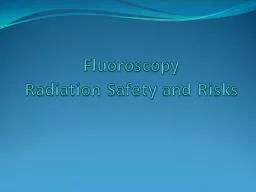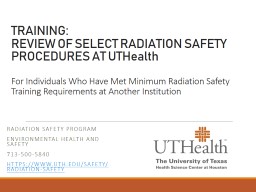PPT-Radiation Safety for Physicians, Technologists and R.N.’s
Author : bethany | Published Date : 2023-05-20
Utilizing Fluoroscopy Equipment Overview ALARA As Low as Reasonably Achievable Image Wisely Image Gently StepLightly Biological effects of radiation exposure Minimizing
Presentation Embed Code
Download Presentation
Download Presentation The PPT/PDF document "Radiation Safety for Physicians, Techn..." is the property of its rightful owner. Permission is granted to download and print the materials on this website for personal, non-commercial use only, and to display it on your personal computer provided you do not modify the materials and that you retain all copyright notices contained in the materials. By downloading content from our website, you accept the terms of this agreement.
Radiation Safety for Physicians, Technologists and R.N.’s: Transcript
Download Rules Of Document
"Radiation Safety for Physicians, Technologists and R.N.’s"The content belongs to its owner. You may download and print it for personal use, without modification, and keep all copyright notices. By downloading, you agree to these terms.
Related Documents














